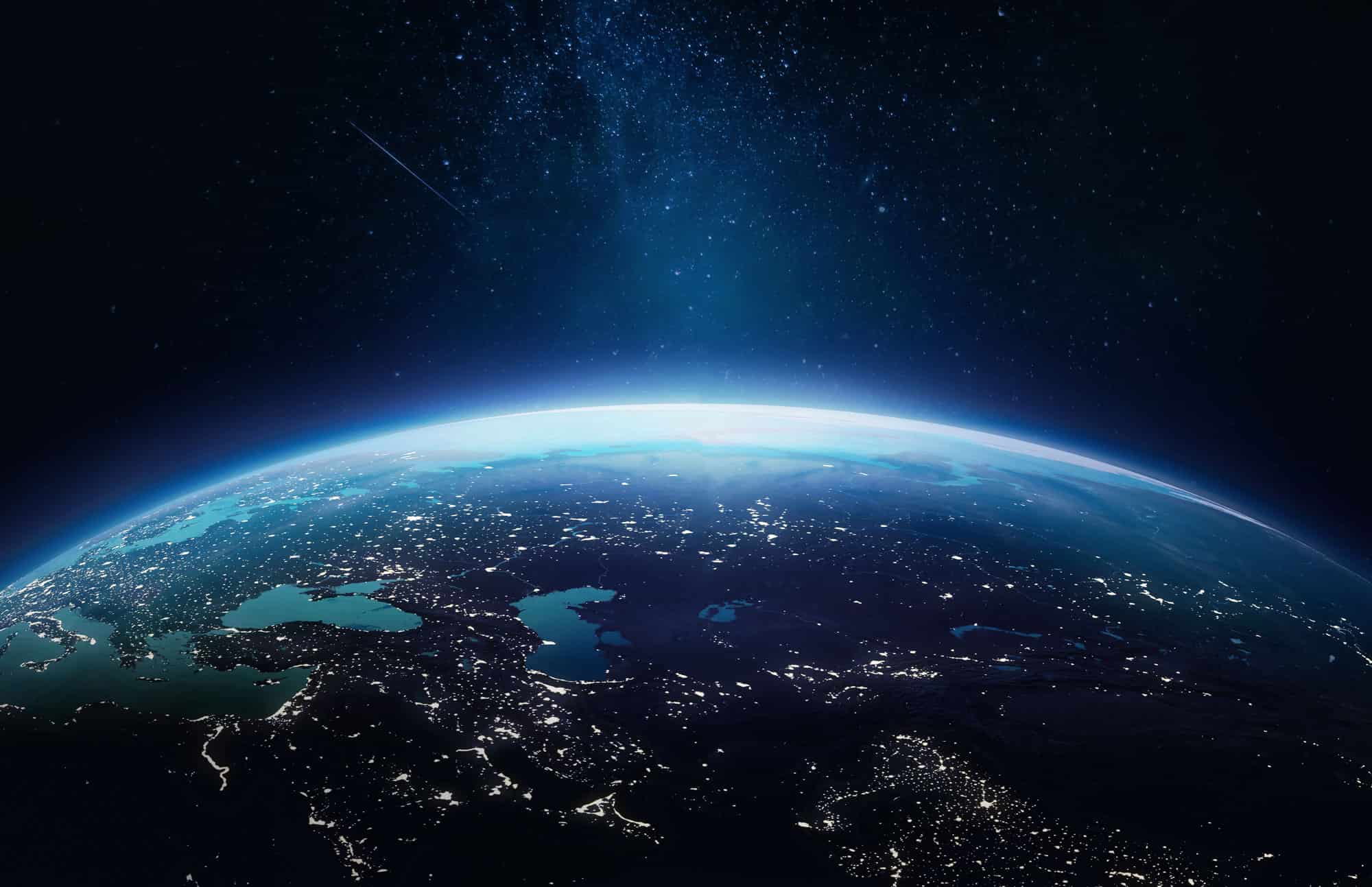It’s been well established that some fungi on Earth are extremophiles in wildly inhospitable conditions. Astronauts have even discovered flourishing fungi in space. How does a fungus survive off-world? We’ll review those details and other interesting facts about how fungi are used in space now.
Does Fungi Survive in Space?
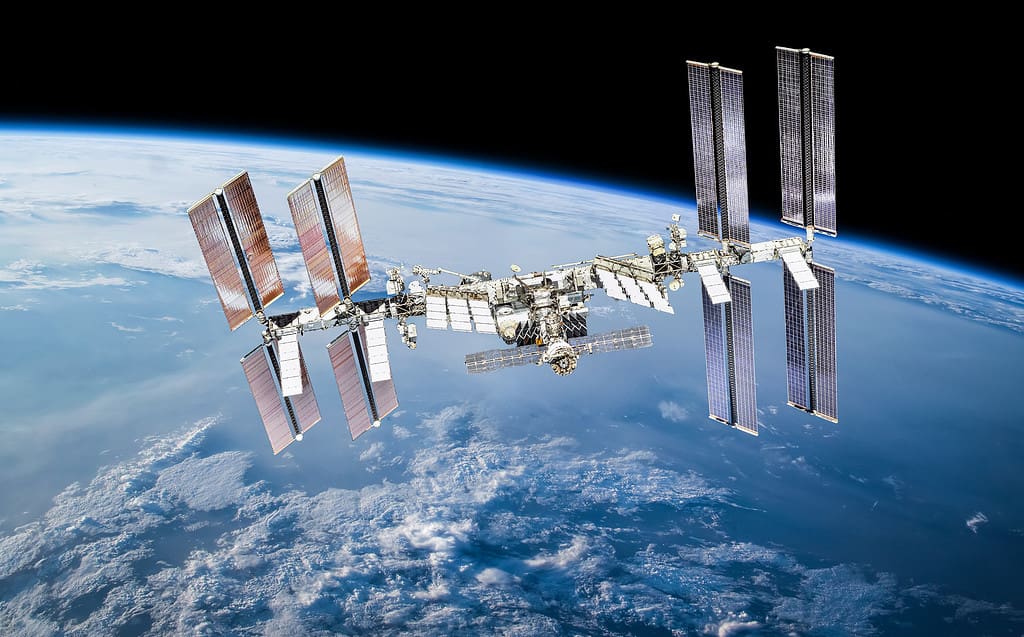
Aboard the International Space Station, scientists have studied extremophile fungi.
©dima_zel/iStock via Getty Images
Yes, fungi survive in space under various conditions. In the late 1980s, astronauts aboard Mir discovered that a fungus had covered a window outside the station.
The fungus was slowly eating through the window surface made of quartz. It corrupted the seal between the windows and the titanium walls around them. It also spread into air conditioners, panels, insulation, and the crew’s water and food supplies.
In 1997, mold and bacteria balls the size of beach balls were found in a service panel. Fortunately, they were suspended in the air inside the service box. However, they were starting to tendril into and along the wiring in the panel.
Around 2015, fungi were studied aboard the International Space Station in a simulated Martian habitat. The species used were two extremophile Antarctic black fungi: Cryomyces antarcticus and Cryomyces minter.
Less than ten percent of the samples studied could reproduce upon termination of the experiment. However, the fact that some survived at all is remarkable. Also, more than 60 percent of the rock substrate from the experiment was covered by the fungi, and the cells within the fungi survived exposure.
How Does a Fungus Survive Off World?
Inside space stations, some fungi may survive by eating the shed skin cells of the space crew. Most likely, some fungi that end up in a space station hitch a ride on an astronaut’s skin.
Fungi are not very sensitive to radiation. Scientists have known this for years since fungi are one of the first things to grow again in nuclear active environments on Earth. This resiliency proves true in the face of space radiation as well.
When a fungus releases spores, it expels them into the air. In space, gravity doesn’t pull them or cause any friction. This means the spores are free to drift anywhere.
Fungi could be purposefully used off-world to enhance the lives of humans in space. For example, yeast is being studied that may be able to turn astronauts’ urine into omega-3 fatty acids for consumption.
What Is Astromycology?
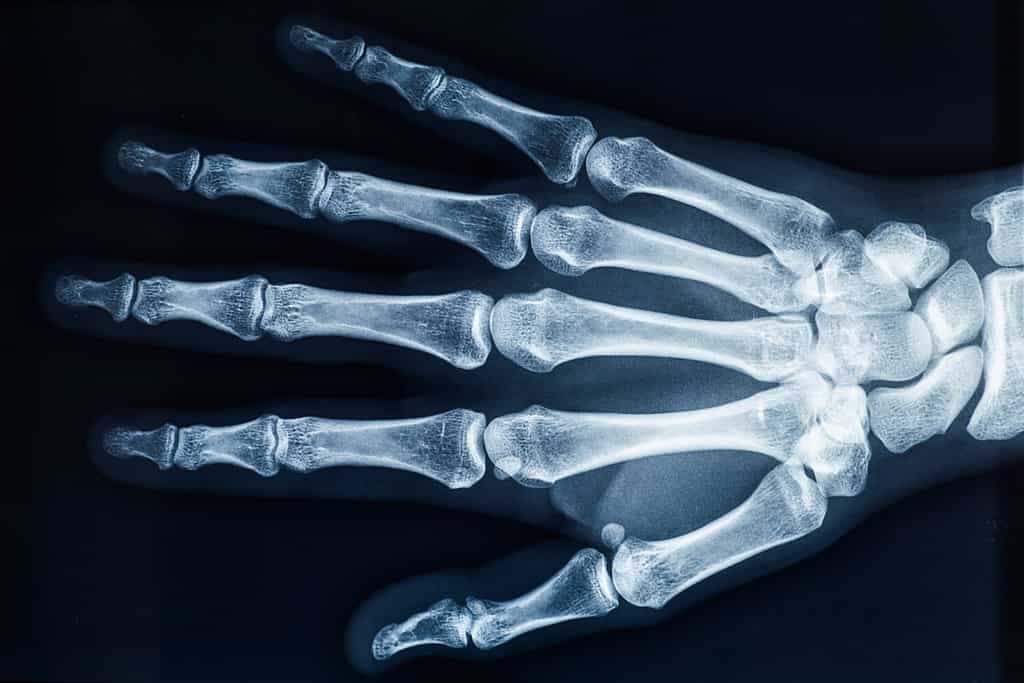
A particular fungus may help astronauts maintain bone density in space.
©MattL_Images/Shutterstock.com
Astromycology is the study of Earth’s fungi in outer space. Studies focus on the ability of a fungus to absorb radiation, provide food, help dispose of biological waste, create structures, and more.
One exciting discovery in astromycology is the ability of some fungi to produce different molecules in space than they do on Earth. For example, scientists aboard the International Space Station 2016 studied Aspergillus nidulans.
By understanding the capabilities of this particular fungus in space, drugs for the treatment of osteoporosis may be enhanced. In the future, studying this specific fungus off-world may aid scientists aboard a space station in maintaining proper bone density.
What Is Myco-Architecture?
Myco-architecture is an idea NASA is pursuing regarding using durable fungus mycelia to grow extraterrestrial housing once humans leave Earth. This would allow future space travelers to grow their homes elsewhere, requiring minimal physical space to transport the basis of habitats long distances.
The idea is that space travelers from Earth will bring dormant fungi in structures that begin growing by adding water at their final destination. The building material will be unfolded, and the fungi that thrive will be fully contained within the structure to avoid damaging the natural environment. When the structure finishes growing, the fungus will undergo baking, which will kill it. This leaves behind a durable habitat for human habitation.
Creating Mycelium Satellites To Reduce Space Debris
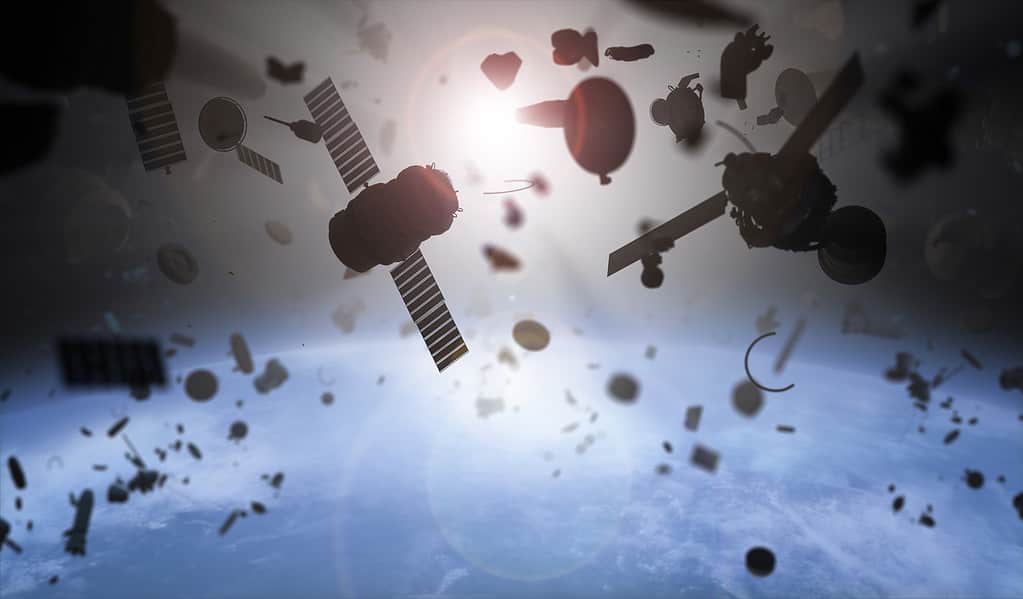
Satellites made of mycelia may help reduce dangerous space junk.
©Petrovich9/iStock via Getty Images
Currently, at least 7000 pieces of space junk are orbiting our planet. This space junk comprises discarded satellites and other technology that no longer serves human purposes but hasn’t re-entered our atmosphere and fallen to the planet’s surface. Catastrophic collision risks rise as more things enter orbit, and the launching of satellites will continue to increase yearly as technology continues to boom.
Creating future satellites out of the mycelium that fungi created may solve the space junk problem. It may be possible to incorporate metal strands into a mycelium structure so that a satellite made of fungi can transmit messages like today’s satellites.
Certain fungi are heat-resistant as well as cold-tolerant. Some fungi deal well with excessive radiation like that found in space while being environmentally friendly since they are biodegradable.
As space junk collisions occur, the defunct space objects break into smaller pieces. Since these tiny orbiting objects circulate the planet at speeds over 16 thousand miles per hour, their potential to do damage increases the more they break apart. Mycelium doesn’t break apart easily, so it is less prone to falling into smaller pieces as it experiences collisions with orbiting garbage.
Are Fungi From Space? The Panspermia Hypothesis Explained
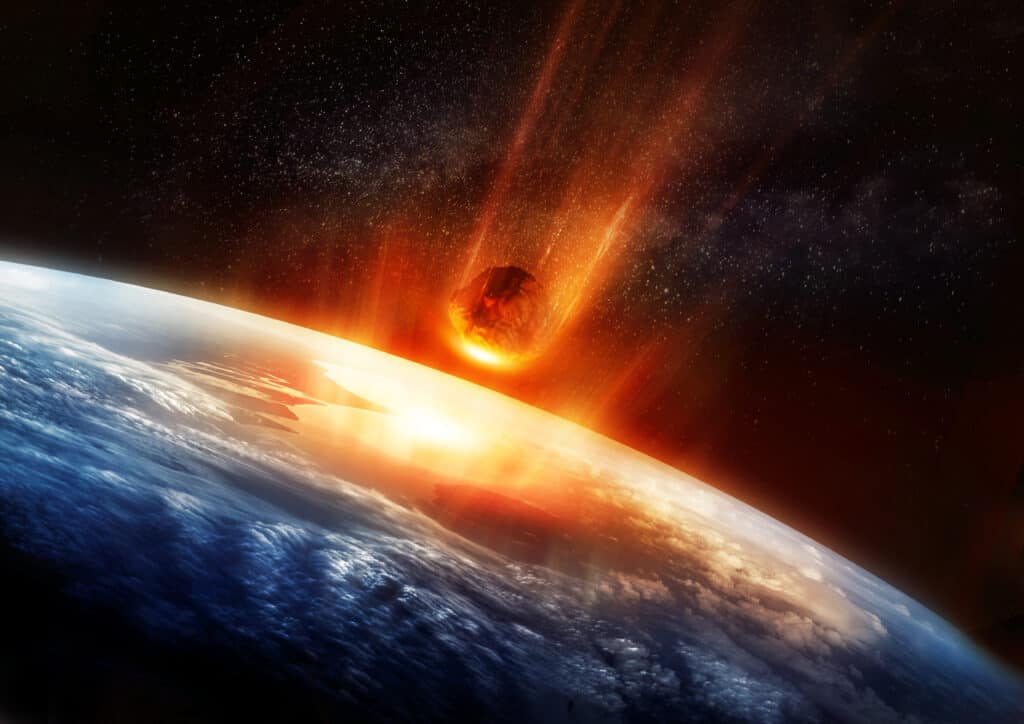
The Panspermia Hypothesis states that fungi may have traveled to Earth on foreign objects like meteors.
©solarseven/Shutterstock.com
While all of the fungi studied in space have originated from Earth, a theory suggests that some simple forms of life arrived from extraterrestrial sources over a billion years ago. The panspermia hypothesis is the name for the premise that things that can create life may be floating around the universe. This means that comets, asteroids, and other objects may propagate living things between faraway destinations.
Some believe that fungi may be one of these propagating life forms. This is because some of the toughest extremophiles on our planet can withstand and overcome impossible situations. For example, some fungi feed on rocks and can tolerate violence during space travel, re-entry, and high-speed collisions.
Fungal spores can survive a very long in their dormant state before coming to life and reproducing. Some hypotheses state that fungal spores buried 7 feet or more into rock could survive over 25 million years of space travel.
The information presented on or through the Website is made available solely for general informational purposes. We do not warrant the accuracy, completeness, or usefulness of this information. Any reliance you place on such information is strictly at your own risk. We disclaim all liability and responsibility arising from any reliance placed on such materials by you or any other visitor to the Website, or by anyone who may be informed of any of its contents. None of the statements or claims on the Website should be taken as medical advice, health advice, or as confirmation that a plant, fungus, or other item is safe for consumption or will provide any health benefits. Anyone considering the health benefits of particular plant, fungus, or other item should first consult with a doctor or other medical professional. The statements made within this Website have not been evaluated by the Food and Drug Administration. These statements are not intended to diagnose, treat, cure or prevent any disease.
Thank you for reading! Have some feedback for us? Contact the AZ Animals editorial team.

